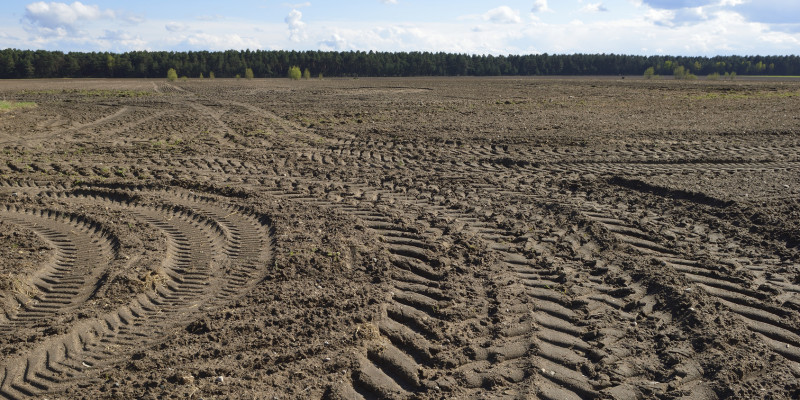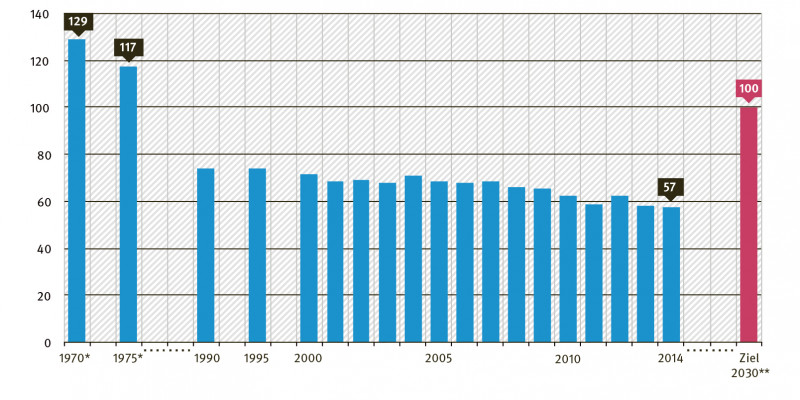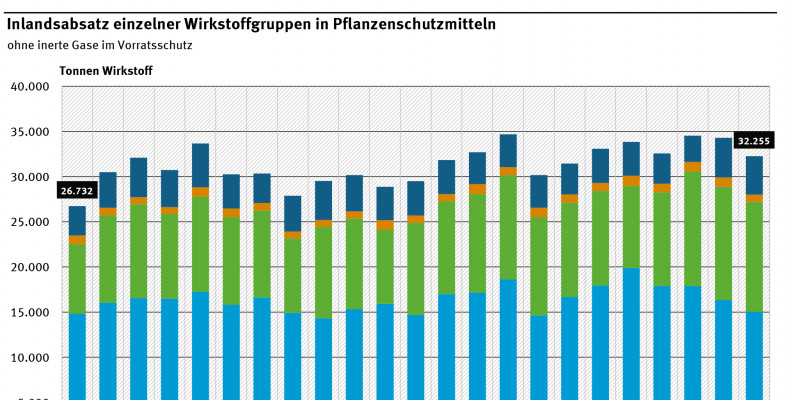Environmental performance of agriculture sector: still too many nutrients and chemicals
CAP reform offers chance for more environmentally friendly agriculture on a broad scale
 Click to enlarge
Click to enlargeSource: Karin Jähne / Fotolia.com
Many of the environmental problems in agriculture remain unsolved, says the publication Daten zur Umwelt 2018. Umwelt und Landwirtschaft“ [Data on the Environment 2108 - Environment and agriculture] by the German Environment Agency (UBA). In particular, the sector’s concentration on a small number of crops, the high levels of fertiliser and plant protection product application on fields, and veterinary drugs are still straining biodiversity and polluting water, soil and air more than necessary. UBA’s President Maria Krautzberger expressed her wish for the next round of reform of the common agricultural policy (CAP), saying: “Common agricultural policy reform must ultimately achieve a situation where the most money no longer goes to farms with the most land but rather to those which do the most for the environment. For example, they can apply fertilizer in a more targeted way, use fewer pesticides or create blooming strips and ecological compensation areas for insects. Greater ecological good mustn’t be a niche issue. We need more protection of the environment also at conventional farms.”







